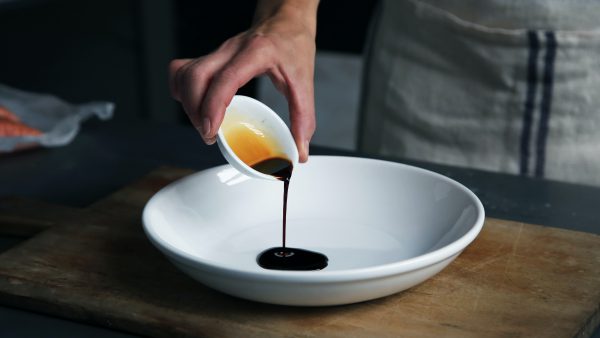Last Updated on September 26, 2022
Oil is one of the staple ingredients every kitchen in the world needs to have. The processing of edible oils started thousands of years ago. Soy oil emerged nearly 4 thousand years ago in China, and the Mediterranean cultures started making olive oil as far as 5 thousand years ago. But with the advancements in extracting techniques, today, there are many — almost too many — different oils that you can cook with on the market.
Olive oil, canola oil, walnut oil, linseed oil… How to choose among the multitude of vegetable oils? And which one is best used when? Why is it important to favor organic vegetable oil? To be able to understand how oils react when added to dishes or when cooked, you first need to understand what’s happening at the chemical structure level. Don’t worry, this is not going to take a turn to your high school chemistry class; we’re just going to go over the basics.
We’ve prepared a thorough guide on different cooking oils to help you understand their qualities and benefits.
Why Do We Use Oil?
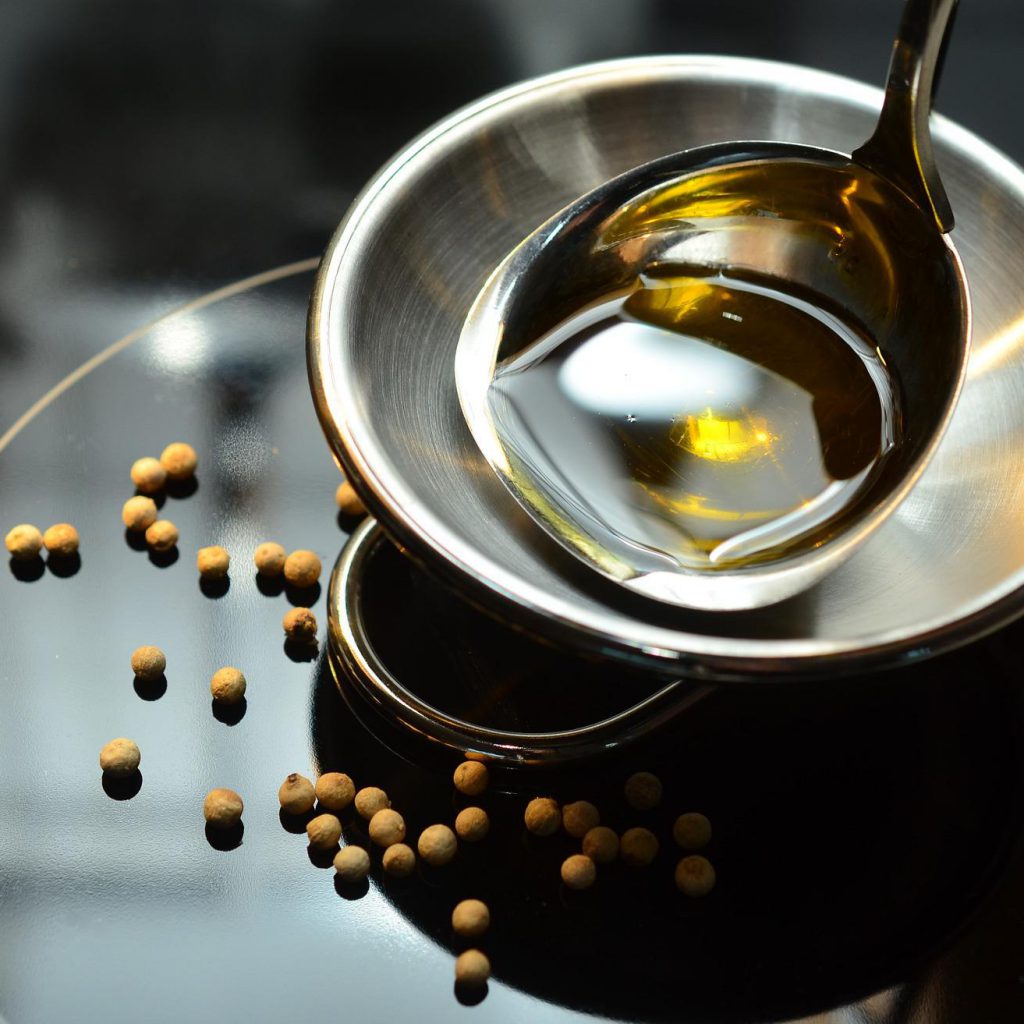
Nearly every recipe starts with coating a pan with oil, and that’s not only to keep the food from sticking to the pan. If you try to cook some chopped vegetables without oil, you’ll quickly realize they take much longer to cook, and you’ll be left without those golden-brown, crunchy on the outside, tender on the inside bites.
Oils — or any kind of fat — serve as a thermal interface. Since the pan’s surface is flat and rigid, only tiny bits of the food actually make physical contact with the hot surface. But when you cook them in oil, you have something in between that conducts the heat from the pan to the food. This helps you cook your ingredients much quicker and much better.
You can also use other thermal interfaces for cooking, such as water — we occasionally boil or steam things, but sauteing in oil provides a flavor that nobody can renounce. If there was a universal cookbook ledger that kept track of all the recipes that have ever been made, you’d need some type of oil to cover a big chunk of that book.
Cooking oils play a significant role in the kitchen and affect your health when consumed daily. And they might not always be good for you if you’re not being careful. But how to know which type of oil is good for you? To find out, let’s talk about oil quality.
Quality of Cooking Oils

Oil quality can be assessed according to the extraction method, smoke point, and most importantly, the content of saturated fatty acids, monounsaturated fatty acids, and polyunsaturated fatty acids.
Every oil contains some amount of these 3 categories of fatty acids, but their ratios vary. Plus, there are toxic aldehydes. These come about as a result of degradation of the fatty acids that have been exposed to heat, light, or simply time if the oil isn’t stable. All these elements have different impacts on the properties of the oil and your health.
Methods of Extraction and Purifying
Extraction methods affect the quality of the oil immensely since they change the chemical structure of the final product. Here are the most widely used extraction techniques.
Expeller Pressing
Expeller pressing, also called oil pressing, is a mechanical technique for extracting oil. The plants, nuts, or seeds are squeezed under high pressure in a single step. However, pressing causes friction and heat, which can alter the chemical components of the oil.
Cold Pressing
With cold pressing, the seeds or the plants are squeezed under high pressure at a controlled temperature to prevent heat. Cold-pressed oils, also called virgin or cold-drawn oils, are the best in quality, and usually the ones with the highest price tags.
Solvent Extraction
Solvent extraction is a widely used technique to make all-purpose vegetable oil. It’s one of the most efficient methods: the seed or plant is soaked in a solvent, and the mixture is heated to separate the oil molecules from the materials. Once the oil is separated, the solvent evaporates, or it’s emitted using purifying techniques.
The solvent extraction method is widely used thanks to its cost-effectiveness. When it’s done right, it’s a safe method to produce edible oils. However, the solvents used in the process are typically highly toxic and need to be eliminated thoroughly.
CO2 Extraction
CO2 extraction is a brand new method to extract highly pure oils. The nuts, plants, or seeds are pressed with CO2 gas in a sealed chamber to separate the oil from the material. Then the CO2 is simply vented out, leaving nothing but pure oil.
Refinement
The extraction process doesn’t always leave you with the final product. Many oils are refined to eliminate the impurities left from the extraction process unless they are extra virgin — or cold-pressed — oils. Refined oils are usually clearer in look and milder in taste. However, most fatty acids and other nutritious elements also end up eliminated during the refinement process.
Since refined oils don’t contain omega acids, vitamins, minerals, or any volatile molecules, you can safely use them for cooking at high temperatures.
Bleaching
Natural oil colors may not look very appetizing. That’s why some oils are bleached to make them more appealing to customers. This process eliminates the color pigments, and no, it doesn’t include actual bleach. It involves heating the oil and running it through bleaching clays that absorb the pigments.
Deodorizing
Some oils may smell unpleasant after extraction, especially if they are not extra virgin oils. If that’s the case, they may undergo a deodorizing process after the refinement. The oils are processed under high-pressure and temperatures through vacuum-steam distillation.
Smoke Point
The smoke point is the temperature at which oil begins to emit smoke. At this point, the fatty acids start to break down, and the oil loses its nutrients and can become harmful. You don’t want to reach an oil’s smoking point while cooking with it.
Fatty Acids in Oils
Saturated Fatty Acids
Saturated fatty acids are carbon chains with the maximum amount of hydrogen bonded to each link. Since they don’t react to other molecules, they’re not volatile.
Saturated fatty acids are primarily present in animal-sourced fats and some plant-based oils. They have been known to have a negative impact on cholesterol levels and increase the risk of cardiovascular diseases.
The general consensus is that limiting the intake of saturated fatty acids and replacing them with unsaturated fatty acids has overall health benefits.
Oils that are high in saturated fatty acids are:
- Palm oil
- Cocoa butter
- Coconut oil
Monounsaturated Fatty Acids
Monounsaturated fatty acids are essential fatty acids that haven’t reached the maximum possible hydrogen bonds, with only one double-bonded hydrogen. As a result, these types of acids can undergo hydrogenations, creating a saturated fatty acid.
Monounsaturated fatty acids, also known as omega 9, protect you against cardiovascular diseases in particular. Since our bodies can produce omega 9, it’s not a vital supplement for our health, but replacing saturated fatty acids with monounsaturated fatty acids has overall health benefits.
Oils that are high in monounsaturated fatty acids are:
- Almond oil
- Olive oil
- Avocado oil
- Canola oil
- Peanut oil
Polyunsaturated Fatty Acids
Polyunsaturated fatty acids are fatty acids that haven’t reached the maximum possible hydrogen bonds, with more than one double-bonded hydrogens. As a result, just like monounsaturated fatty acids, these types of acids can undergo hydrogenations, creating a saturated fatty acid.
Polyunsaturated fatty acids are also known as omega 3 and omega 6. They also protect you against cardiovascular diseases. However, they are sensitive to heat and oxidize quickly. Plus, the science behind omega fatty acids is not so straightforward. Too much omega-6 acid intake can be harmful. It can increase the risk of inflammatory diseases, such as diabetes, osteoarthritis, cancer, asthma, and cardiovascular diseases, and prevent the body from using omega 3 acids.
Oils that are high in polyunsaturated fatty acids are:
- Soybean oil
- Sunflower oil
- Flaxseed oil
- Cottonseed oil
- Walnut oil
- Canola oil
- Safflower oil
The Good, the Bad, and the Toxic

The discussion on fatty acids and their effects on our health is not so straightforward. Moderation and balance is the key when consuming oils. The dietary guidelines for Americans recommend taking only 10% of your daily calories from saturated fats. Since saturated fats are abundant in cheese, milk, butter, lard, and any kind of meat, consuming additional oils with saturated fats, such as coconut oil, may not be the wisest choice.
If you’re already on a healthy diet that includes a mix of monounsaturated and polyunsaturated fats, you don’t need to consider the particular nutrient makeup of a plant oil so much. However, it’s important to check the oil you’re getting is high quality and free of toxins.
What’s the Difference Between Refined and Unrefined Oils?
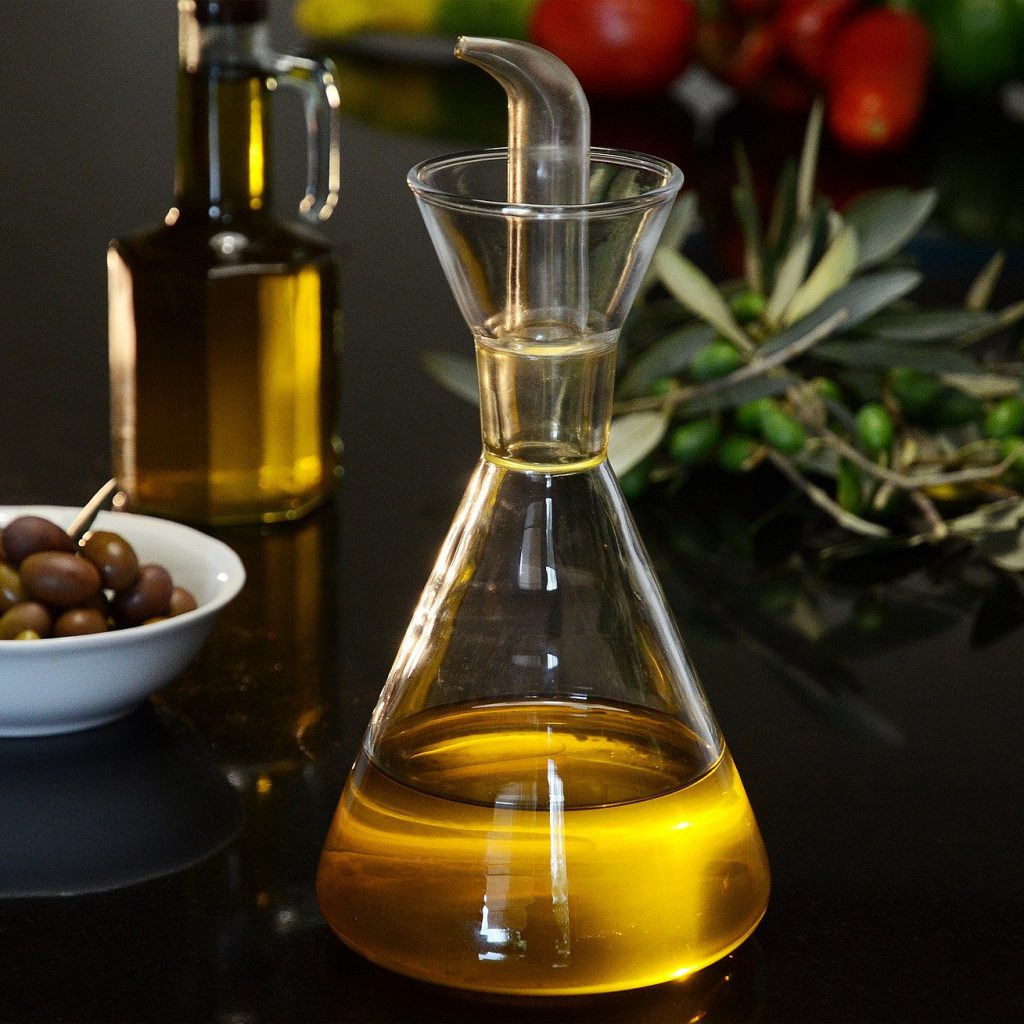
The refining process eliminates unwanted substances such as free fatty acids that cause oxidation and rancidity.
Refined oils usually have much higher smoking points because they are free from unstable molecules. However, they also lose unsaturated fatty acids, vitamins, and even their smell and taste in the process. That’s why refined oils typically don’t have much nutritious value despite having long shelf life and high smoking points.
That doesn’t mean refined oils are useless in the kitchen. If you’re going to deep fry your food, refined oil with a high smoke point, such as sunflower oil, is a godsend. However, if you’re concerned about the negative health effects of refined oils, you can cut back on deep frying and other high-temperature cooking activities and cook with extra virgin or cold-pressed oils that have relatively higher smoking points.
Different Oils in Your Kitchen
Olive Oil

Olive oil has been a staple of the Mediterranean diet since antiquity, and today, it’s probably the most popular oil worldwide. Extra virgin olive oil is essential for cooking, regardless of the cuisine or culture. You can use it to cook almost anything — apart from deep frying — or consume it raw with salads or as a dip with different spice mixes.
Extra virgin olive oil is the best type of olive oil you can get in terms of health benefits and flavor, but the quality is reflected in the price. Refined olive oils tend to be less expensive, but due to the refining process, they lose their flavor and nutritious qualities.
If you want to discover different types of olive oil, check out our guide on choosing the best olive oil.
Smoke point:
- Extra Virgin: 190–207°C
- Refined: 240°C
Fatty acidity content:
- Saturated: 14%
- Monounsaturated: 69.7%
- Polyunsaturated: 11.2%
Canola Oil

Canola oil (or rapeseed oils) is obtained from canola plants. The seeds are ground into flour using a process called trituration to extract the oil within. Canola oil contains alpha-linolenic acid, from the omega 3 family. This is an essential fatty acid we have to intake regularly that our bodies can’t produce.
Canola oil has many health benefits. In addition to being an important protector of the cardiovascular system, it’s rich in antioxidant vitamin E — which protects cell membrane structures and benefits the skin.
Canola oil doesn’t tolerate heat well, so it’s not recommended for cooking. You can use uncooked extra virgin canola oil with olive oil to dress salads and other cold-served dishes.
Virgin, unprocessed canola oil has an intense taste reminiscent of cabbage, which harmonizes very well with potato salads or green salads with lamb’s lettuce. However, regular canola oils on the market are typically heavily processed. You should get a bottle of extra virgin canola oil to enjoy its health benefits.
Smoke point:
- Unrefined: 107 °C
- Refined: 204 °C
Fatty acidity content:
- Saturated: 14%
- Monounsaturated: 69.7%
- Polyunsaturated: 11.2%
Sunflower Oil
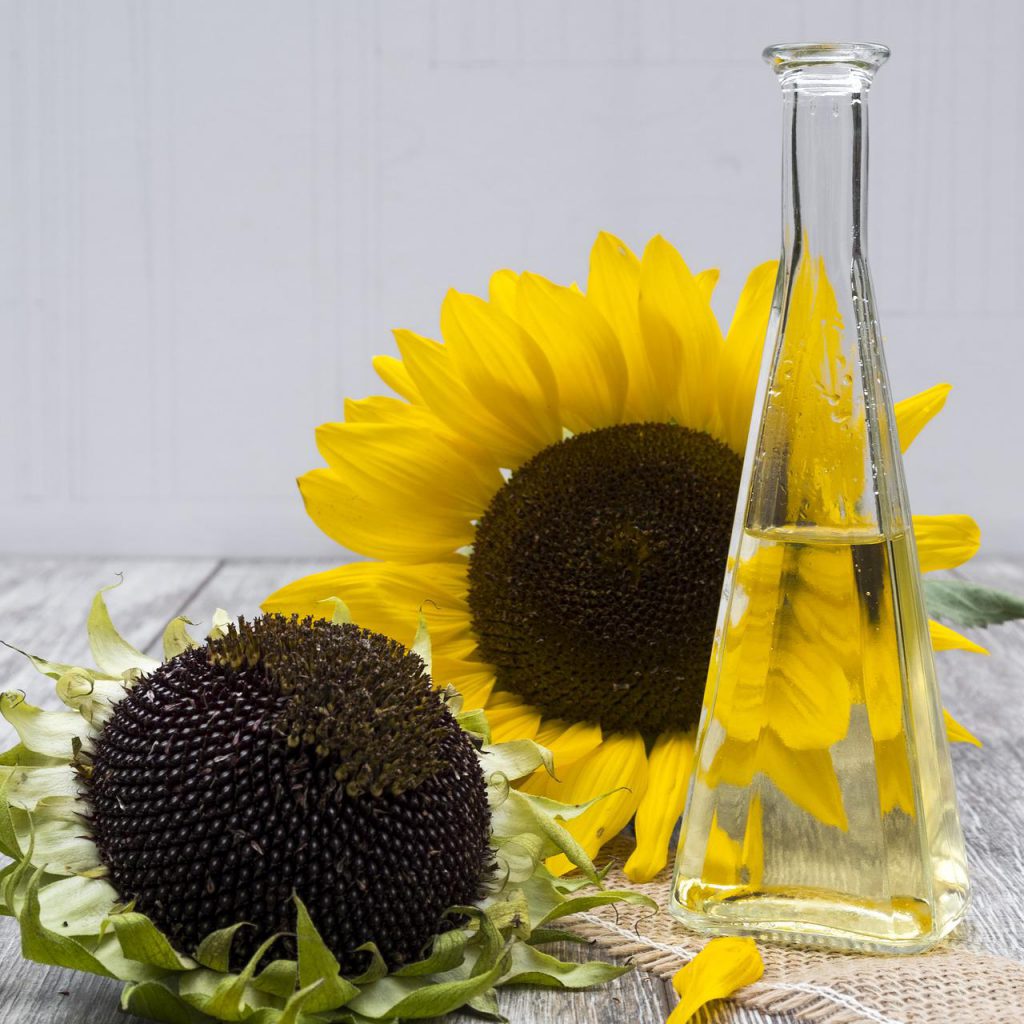
Sunflower oil is obtained from sunflower seeds. It’s rich in fatty acids and contains higher levels of vitamin E than olive and canola oil and a generous amount of omega 6 acids. However, just like canola oil, regular sunflower oils are typically refined.
Neutral in taste, this oil is fluid and light. You can cook and fry with sunflower oil without a problem. It’s also quite economical.
Smoke point:
- Unrefined: 160 °C
- Refined: 232 °C
Fatty acidity content:
- Saturated: 14%
- Monounsaturated: 70%
- Polyunsaturated: 16%
Sesame Oil
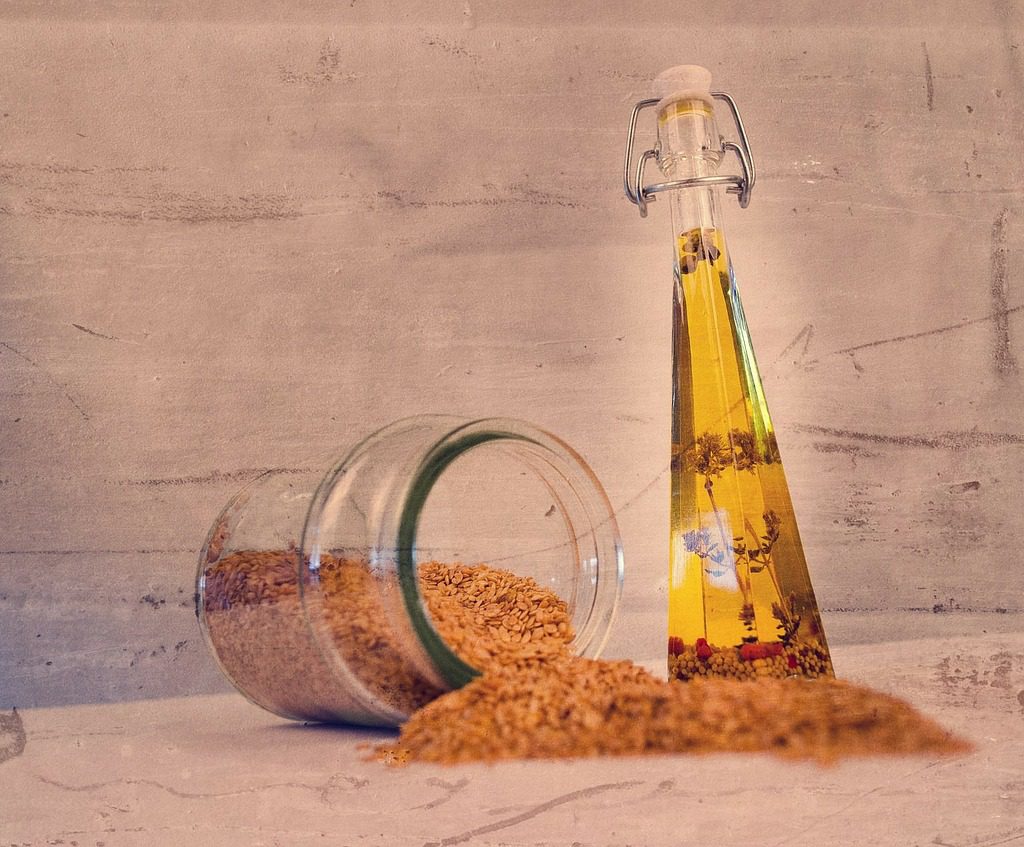
Highly appreciated in East Asian and South East Asian cuisine, sesame oil can be consumed raw as dressing or cooked gently to bring out a unique aroma. Its light and delicate flavor pairs well with soy sauce.
Sesame oil is a stable oil that you can store for a long time. It’s an excellent source of calcium, phosphorus, and magnesium. Well balanced in omega 6 and 9 acids, it has antioxidant properties that improve the general well-being of our cells. It also contains a generous amount of vitamin E and lecithin — a beneficial nutrient for nerve and brain cells.
Smoke point:
- Unrefined: 177 ºC
- Refined: 210 ºC
Fatty acidity content:
- Saturated: 9%
- Monounsaturated: 40%
- Polyunsaturated: 41%
Flaxseed and Hemp Oils
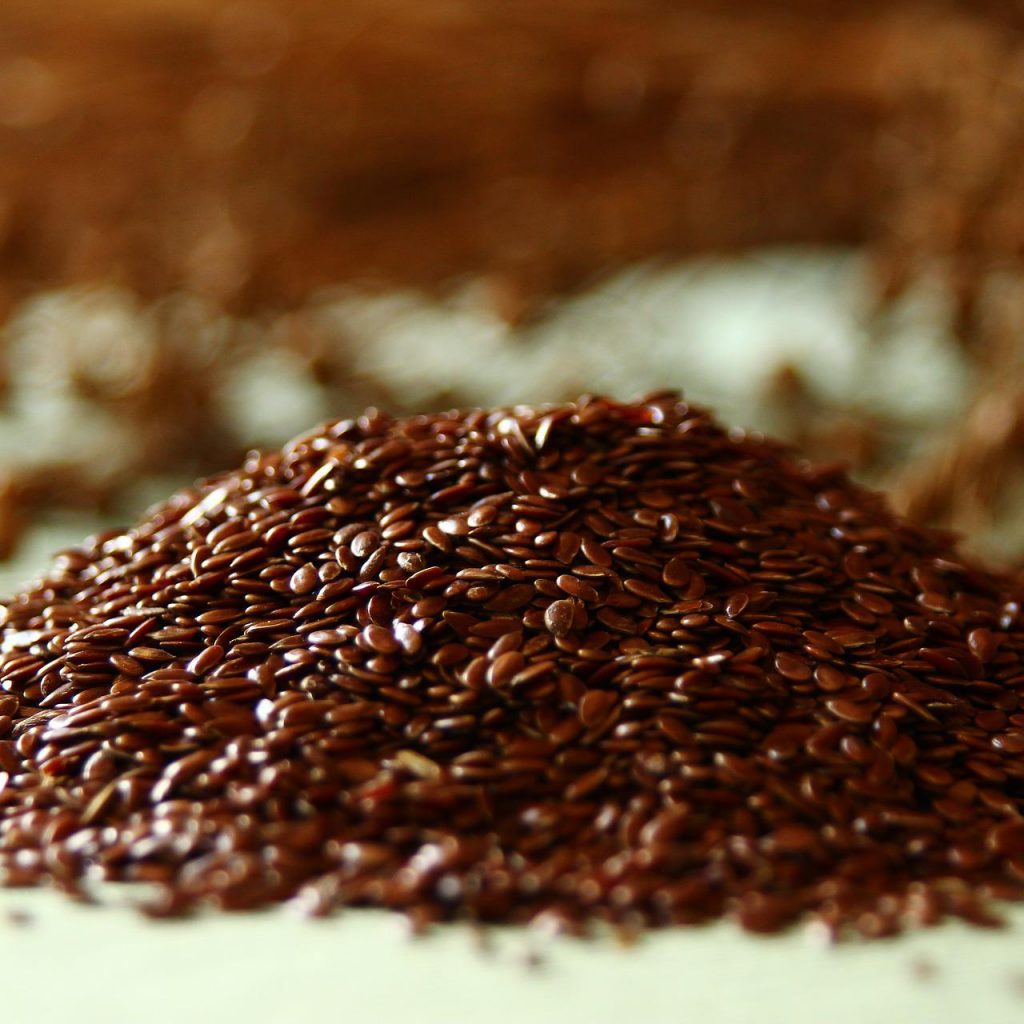
Flaxseed and hemp oils have very similar properties and fatty acid contents even though they’re sourced from different plants. Flax is a plant grown for its fibers and seeds. Hemp is a cousin of cannabis with a very low THC content, so hemp oil is authorized for consumption. It is even recommended for its optimal balance between omega 3 and omega 6 acids.
Rich in omega 3, these oils regulate the digestive system while stimulating the immune system. They are very effective in the fight against cholesterol and protect against cardiovascular diseases.
Smoke point:
- Flaxseed: 107 ºC
- Hemp: 165 ºC
Fatty acidity content – Flax Seed Oil:
- Saturated: 9%
- Monounsaturated: 18%
- Polyunsaturated: 73%
Fatty acidity content – Hemp Seed Oil:
- Saturated: 9%
- Monounsaturated: 10%
- Polyunsaturated: 81%
Walnut Oil
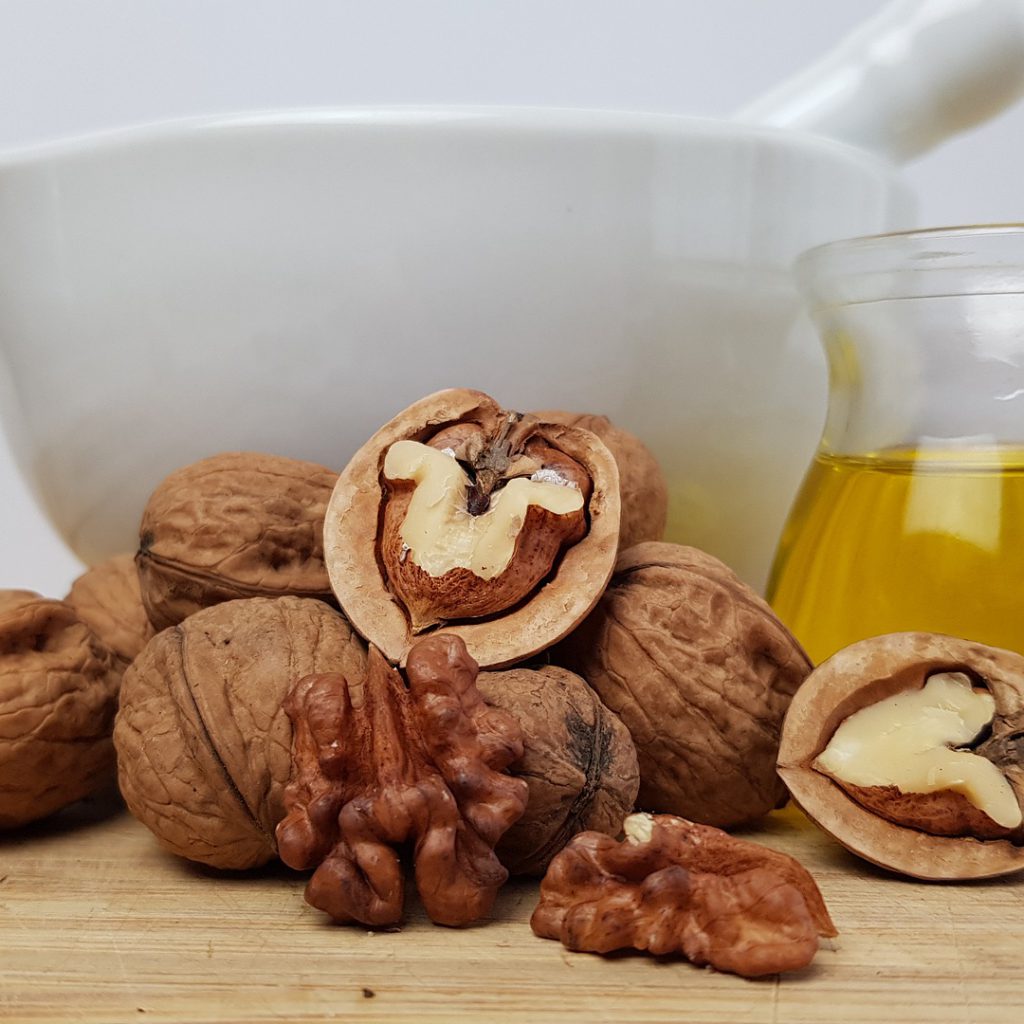
Walnut oil contains high levels of polyunsaturated fatty acids, omega 3, and omega 6. It also contains magnesium, iron, and vitamins E and B6, which are generally good for our health.
In addition to its laxative effect, walnut oil can balance high levels of triglycerides.
Walnut oil has a high oxidative potential, making it unsuitable for cooking. You can use walnut oil as a condiment to season your vegetables. Its fruity taste enhances all the flavors. It is a fragile oil that quickly goes rancid, so buy small bottles and store them in a cool environment away from air and light.
Smoke point:
- Unrefined: 160 ºC
- Refined: N/A
Fatty acidity content:
- Saturated: 9%
- Monounsaturated: 23%
- Polyunsaturated: 63%
Hazelnut Oil
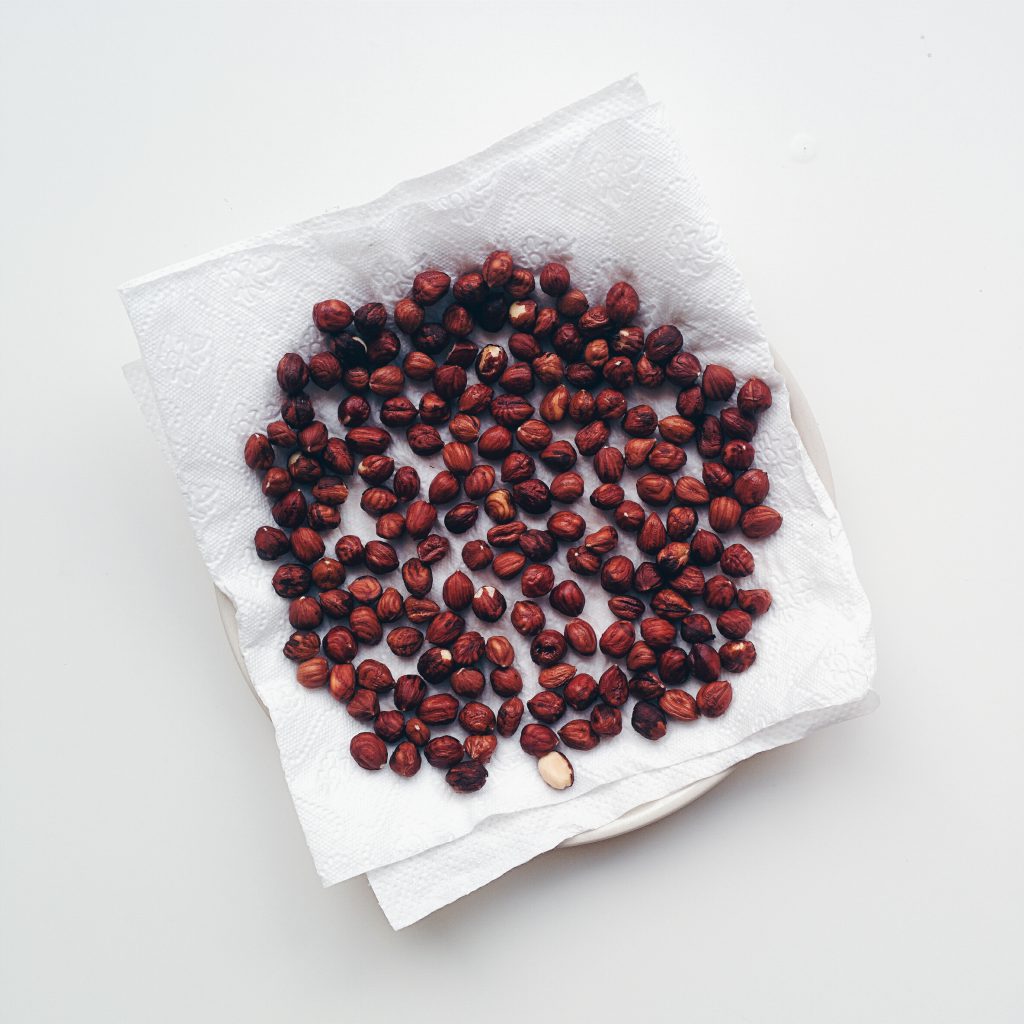
Although rich in omega 9, it doesn’t contain any omega 3 acids. It is therefore recommended to consume it in combination with another oil with a better dose of essential fatty acids, such as linseed oil.
Smoke point:
- Unrefined: N/A
- Refined: 220 ºC
Fatty acidity content:
- Saturated: 7%
- Monounsaturated: 82%
- Polyunsaturated: 11%
Grapeseed Oil

Grapeseed oil contains almost no omega 3 (less than 0.5%) and a lot of omega 6 antioxidants (65 to 73%), which makes it an ally in the fight against skin cell aging. Grapeseed oil also protects the cardiovascular system and stimulates blood circulation.
Resistant to heat, grapeseed oil has a sufficiently high smoke point (around 200°C) to be used for cooking, frying, and seasoning. However, don’t reuse the same oil to cook different batches of food.
Neutral grapeseed oil is ideal for preserving the original flavor of food.
Smoke point:
- Unrefined: N/A
- Refined: 215 ºC
Fatty acidity content:
- Saturated: 10%
- Monounsaturated: 16%
- Polyunsaturated: 70%
Pumpkin Seed Oil

Pumpkin seed oil is made from roasted and then cold-pressed pumpkin seeds. It’s a specialty of Styria, a region located in the heart of Austria.
Recognized in cosmetology for its regenerating properties for damaged skin and hair, the pumpkin seed oil is also used in cooking thanks to unsaturated fatty acids, selenium, and vitamin E in its makeup.
In the kitchen, the pumpkin seed oil is ideal to accompany a salad or enhance a stir fry thanks to its nutty notes. You shouldn’t cook with it, reserve it only for seasonings or at the end of cooking and keep it cool.
Smoke point:
- Unrefined: 160 ºC
- Refined: N/A
Fatty acidity content:
- Saturated: 20%
- Monounsaturated: 24%
- Polyunsaturated: 55%
Coconut Oil
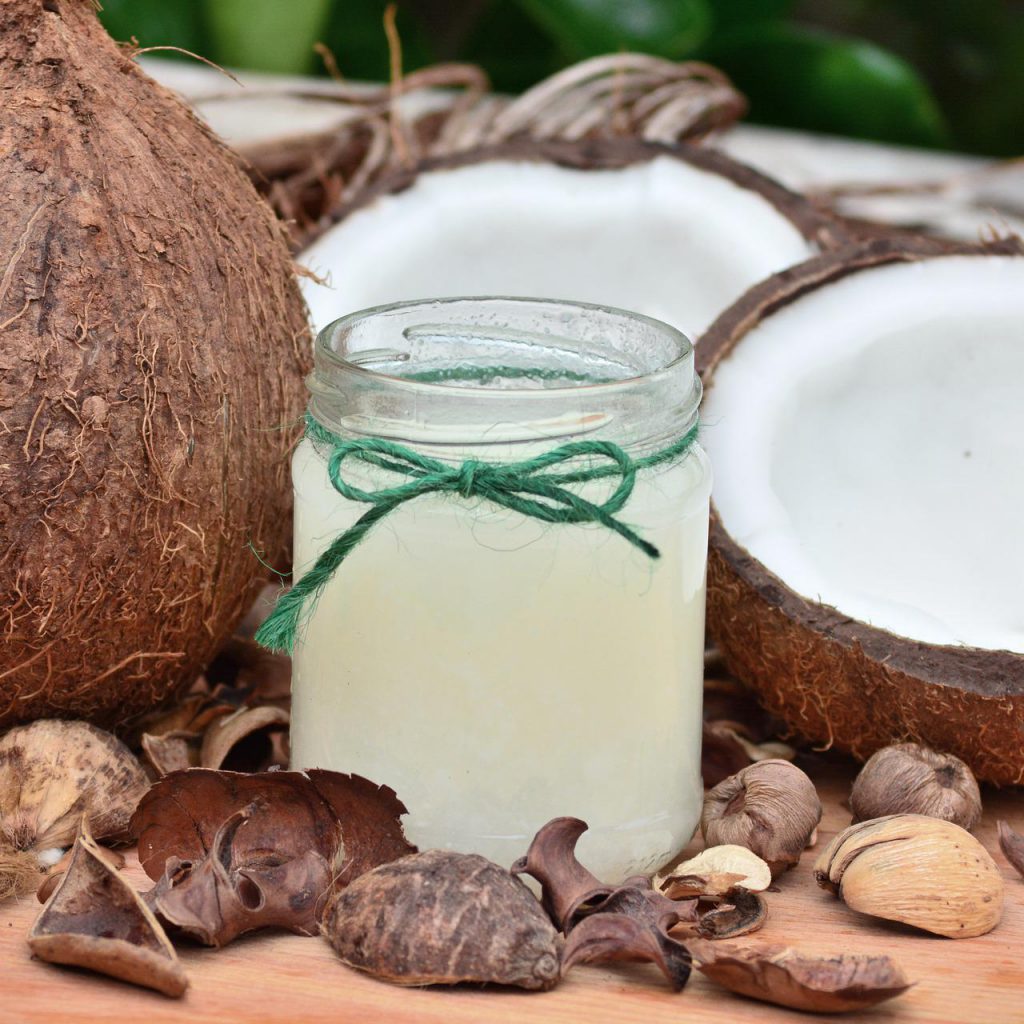
Coconut oil is obtained from the white part of the coconut, the albumen, which has been previously dried to make copra. The oil is then extracted from copra through various processes, depending on what you want to obtain (extra virgin, refined, bleached, etc.).
Coconut oil has been used and consumed for centuries in Africa, Asia, and South America. It was the primary source of non-dairy fat in the United States until the middle of the 20th century, particularly present in processed foods.
Thanks to its very high content of saturated fatty acids, coconut oil is very resistant to rancidity and suitable for foods with a longer shelf life. Having said that, coconut oil has fueled many debates around its supposed virtues. It has been promoted as a superfood, partly due to the popularity of diets like paleo or ketogenic, but without scientific support. According to Harvard Health Publishing, coconut oil is neither good nor bad.
Smoke point:
- Unrefined: 177 ºC
- Refined: 204 ºC
Fatty acidity content:
- Saturated: 83%
- Monounsaturated: 6%
- Polyunsaturated: 2%
Which Oil to Use When
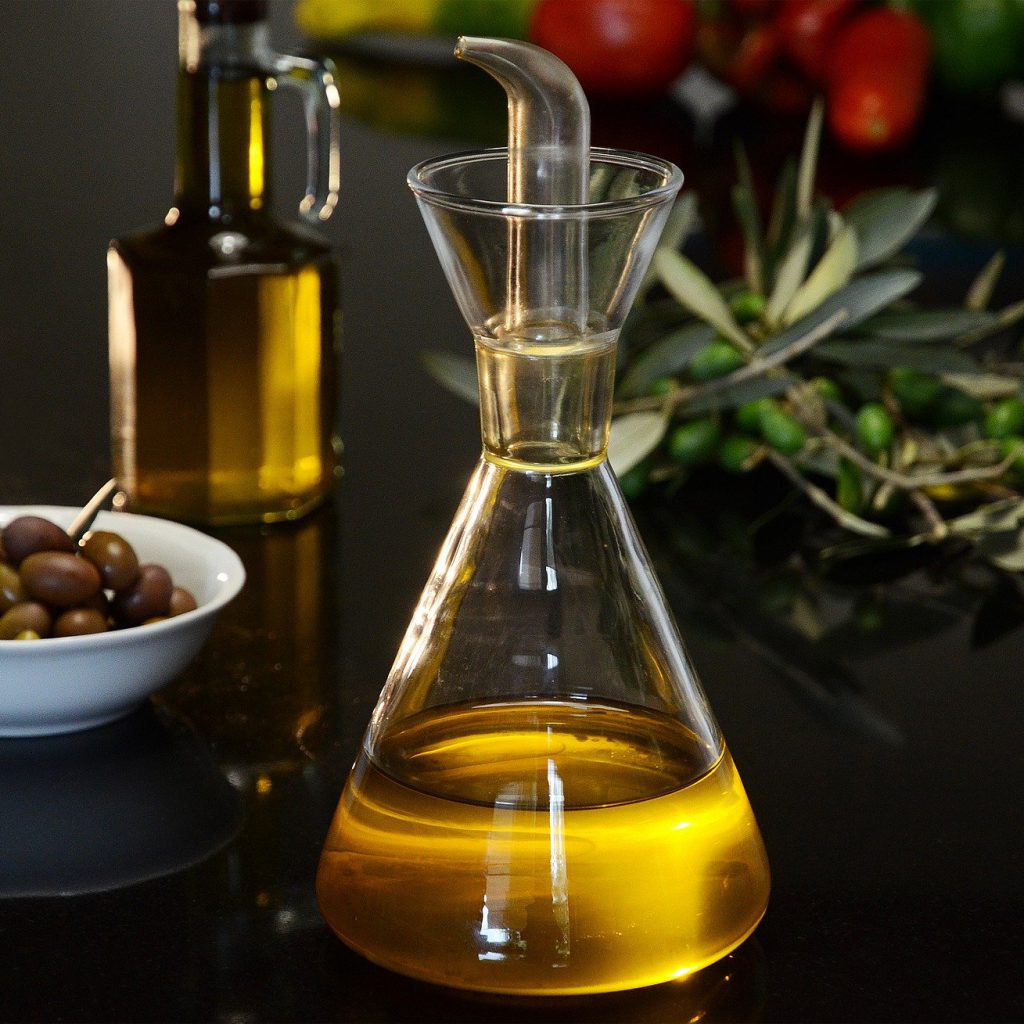
Now that we know what makes an oil high in quality and how you should treat them, we can talk about the tidbits on how to make the most of oils in the kitchen.
Flavor
If you want to add some extra flavor to your dish, you can experiment with extra virgin oils to see which suits you best. They are especially good with salads and low-heat dishes. But in other cases, the extra flavor can end up muddling the dish’s taste, harmony, and composition.
For example, when you have a stew with meat, lots of veggies, and spices, or a stir-fry that you want to flavor with soy sauce, adding a flavorful oil can overwhelm your dish. In those cases, opt for refined oils that are mellow and neutral.
Nutrition
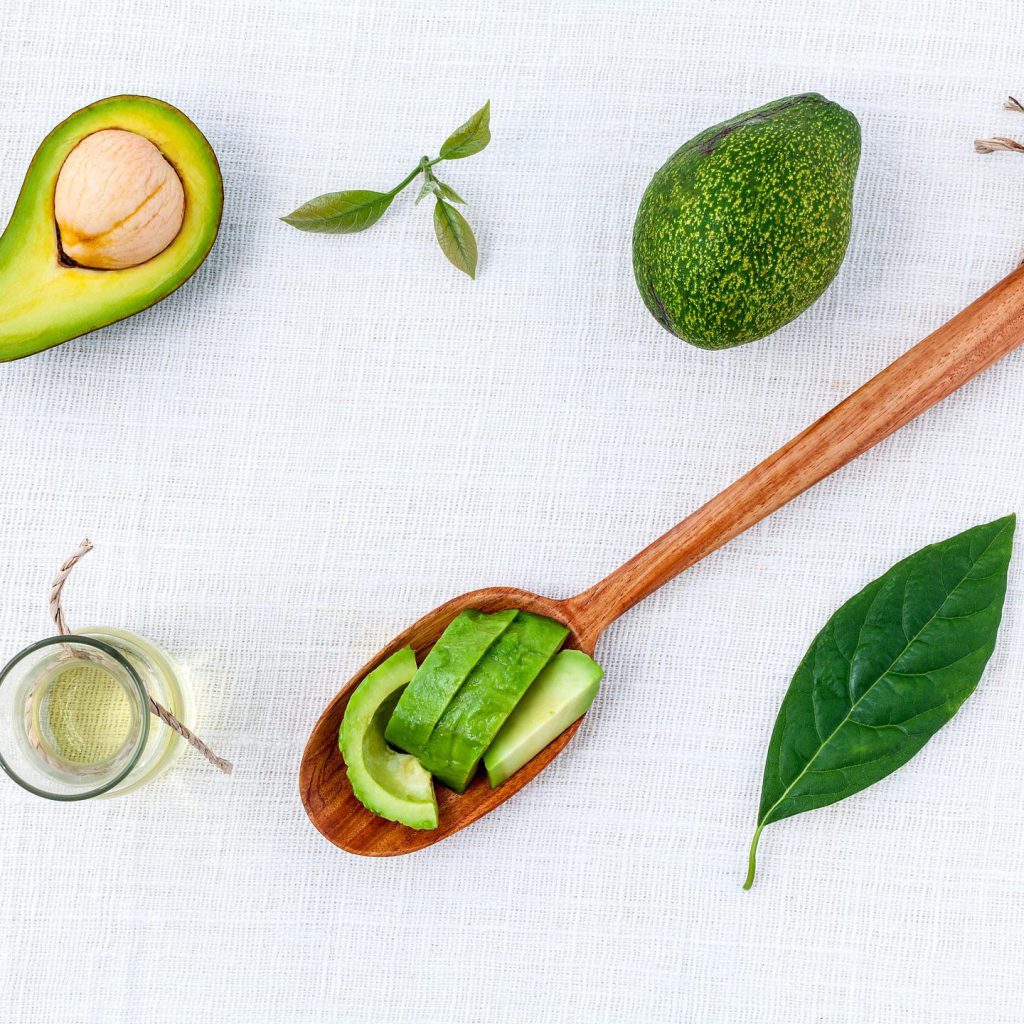
As we talked about, refined oils lose their nutritional properties. But extra virgin oils contain molecules that can turn into toxins with heat or even light. For the maximum nutritional intake, consume virgin oils, such as olive oil, avocado oil, coconut oil, and linseed oil but don’t overcook or deep fry them.
Over and Out!
Good oil, like good wine, is a gift from the gods. They have many nutritional benefits and contain different flavors and aromas that you can’t possibly find in anything else.
Unfortunately, cooking oils are riddled with misinformation all around the place, that’s enough to confuse even dietitians. The advice you’ll find online is not only inconsistent but often contradictory. On top of that, there is still research on the subject to understand how oils affect our health. But as a rule of thumb, using cold-pressed extra virgin oils will considerably improve your health and palette.







